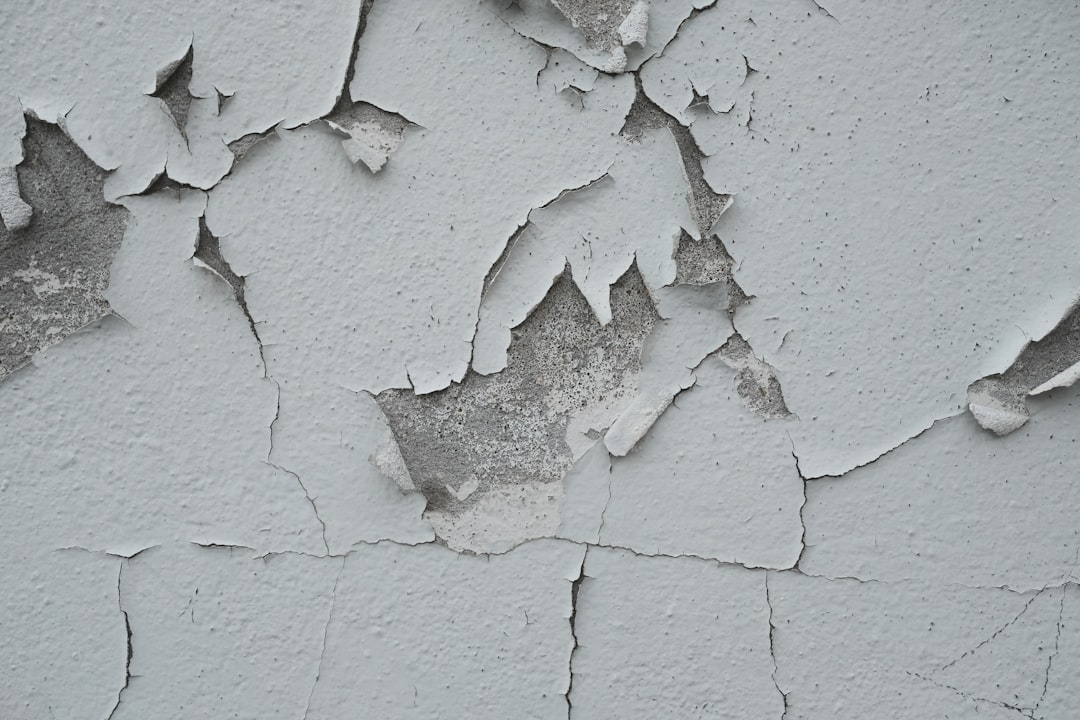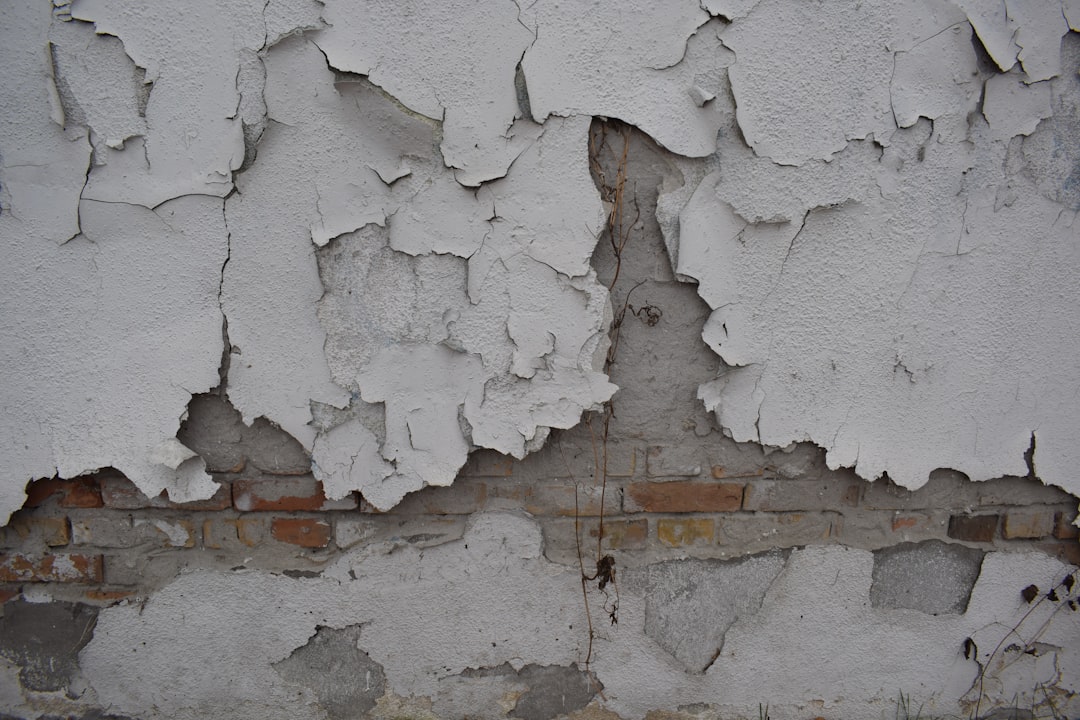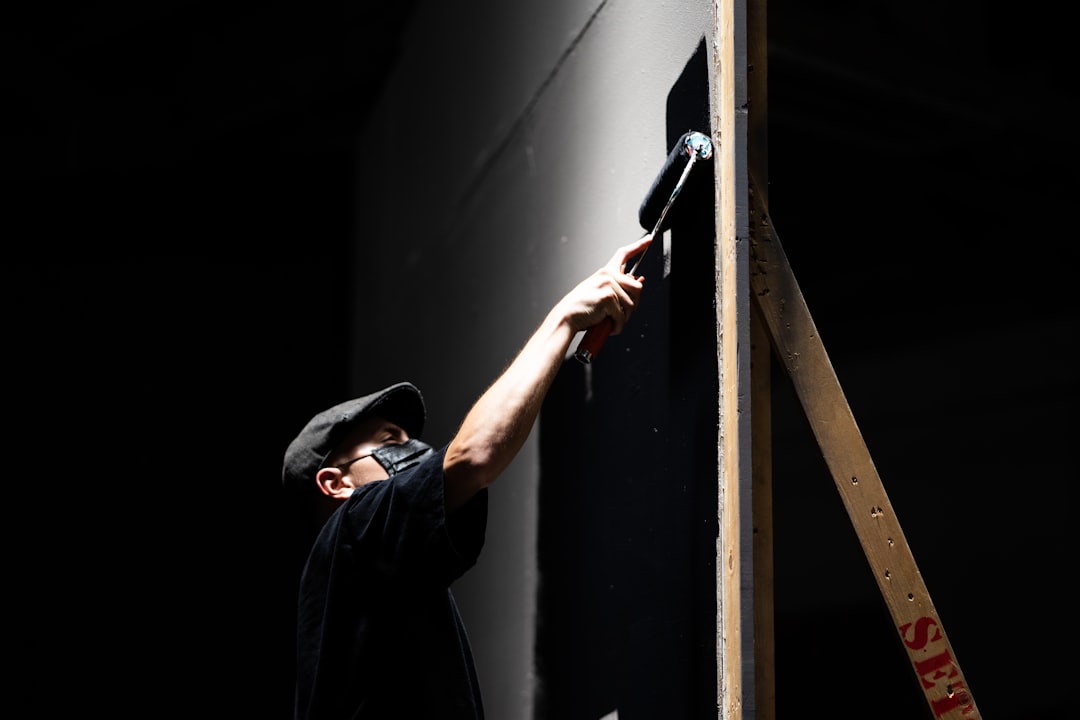

Engage prospects with a scan and streamline customer engagement with FREE QR code marketing tools by Sona – no strings attached!
Create a Free QR CodeFree consultation

No commitment

Engage prospects with a scan and streamline customer engagement with FREE QR code marketing tools by Sona – no strings attached!
Create a Free QR CodeFree consultation

No commitment
In today’s digitally driven world, QR codes have evolved from novelty to strategic powerhouse, bridging offline engagement with online action. For drywall repair services, they capture intent in the moment: a neighbor walking by a job site, a homeowner holding an invoice, a property manager glancing at a truck wrap. A single scan moves these interactions into measurable, trackable, and ultimately profitable customer journeys.
Used thoughtfully, QR codes turn every physical touchpoint into a digital gateway. From instant estimates and appointment booking to DIY repair tips and referral programs, QR experiences reduce friction, eliminate manual data entry, and prevent lost follow-ups. The result is faster response times, better targeting, and reliable attribution across the entire funnel.
This guide shows marketing and operations leaders how to deploy QR strategies with dynamic content, offline-to-online tracking, and audience segmentation. With a platform like Sona QR, you can orchestrate consistent acquisition, attribute results to each scan, and scale what works across neighborhood, print, and on-site interactions.

In drywall repair, a major bottleneck is losing high-intent prospects who interact with vehicles, flyers, or site signage but never convert. QR codes convert attention into action by sending people straight to appointment scheduling, instant quote requests, and educational resources that match their need and urgency. The key is to connect each physical context with a relevant digital destination, then track the entire path into your CRM.
Modern QR workflows replace outdated analog processes that routinely lose leads. Paper estimate forms go missing, phone numbers get misread, and manual entry delays follow-up. By building QR-first experiences across business cards, job site materials, and invoices, teams accelerate time to response, automate logging, and minimize data errors. The outcome is a cleaner pipeline, higher conversion rates, and more accurate forecasting.
Smart QR strategies eliminate manual handoffs, prevent missed follow-ups, and establish an always-on acquisition process that does not rely on chance phone calls or forgotten cards.

Drywall repair services rely on local visibility: trucks, yard signs, door hangers, and word-of-mouth. The challenge is that most of these impressions remain anonymous. Prospects see your brand but never reach out, or they intend to contact you later and forget. QR codes close that gap with one scan that triggers booking, quoting, or content delivery on the spot.
Speed and context are critical in this industry. A small patch after a plumbing fix, a ceiling crack after a storm, or a pre-listing refresh for a real estate client often has urgency. They also offer dynamic flexibility, so you can align offers with seasonality, adjust service areas, and test promotions without reprinting materials.
By embedding QR across common materials such as appointment cards, door hangers, neighborhood mailers, and invoices, drywall teams gain reliable visibility from first touch to closed job.

Matching the QR format to the desired action avoids confusion and improves results. Drywall repair workflows typically revolve around booking, quoting, and communication. QR formats should reflect those objectives and the physical placements where they appear.
Dynamic QR codes are often best for this vertical because destinations can be updated and performance tracked without reprinting. A dynamic code on a truck wrap can route to a storm-response landing page during peak season, then shift to a standard quote form afterward. Static codes can still work for evergreen materials but offer less agility and limited analytics.
With Sona QR, you can generate and manage these formats in one place, swap destinations on the fly, and centralize analytics across every code in the field.

Growth in drywall repair is often hyperlocal, driven by visible work and timely needs. QR codes shine when they meet people in those moments and remove steps between interest and action. For niche tactics, see drywall marketing strategies. Evaluate your physical footprint and identify where a scan naturally fits the context.
Think beyond basic placements. Each asset should be a tested lead source with a clear role in your funnel. Rotate creative. A/B test headlines. Use dynamic codes to ensure the destination reflects the audience and situation.
These placements convert exposure into qualified pipeline. With proper tagging and CRM sync, your team can attribute revenue back to the exact sign, mailer, or truck that sparked the journey.
The strongest QR strategies prioritize high-intent actions and reduce friction. Focus on key workflows that directly influence revenue: capturing quotes, locking in appointments, and nurturing households that need help soon.
Consistent execution matters. Keep forms short, provide options for photo uploads, and confirm next steps instantly with email or text. Use follow-up automations to prompt reminders, rescheduling, and add-on services like painting or texture matching.
Measured over time, these use cases reveal patterns in demand by neighborhood, season, and property type, allowing smarter staffing and inventory planning.
Each scan contains rich context: what someone scanned, where they were, and what they wanted next. Drywall repair teams can convert this context into powerful segments for retargeting, prioritization, and personalized follow-up. The goal is to engage differently with a homeowner seeking a small patch versus a property manager assessing multiple units. See Sona’s Playbook titled intent-driven retargeting: driving high-impact campaigns with first-party intent signals.
Use dynamic codes and CRM fields to tag scans at the source. Align tags with funnel stage, use case, and geography. Then sync segments into email, SMS, and paid media for timely, relevant communication.
With Sona QR, each code becomes a smart entry point that automatically enriches contact profiles. Your team can retarget based on real scanner behavior, not assumptions, and allocate effort where close probability is highest.
QR codes do not operate in isolation. They are connectors that unify print, on-site presence, and digital channels into a cohesive, measurable funnel. Drywall repair teams can use QR to turn local brand presence into CRM growth and revenue attribution without bloating the tech stack.
This integration also supports creative testing. Pair neighborhoods with tailored landing pages. Compare scan rates across truck sides, yard sign positions, and door hanger CTAs. Use dynamic content so the same printed asset can serve multiple campaigns across the year.
Centralizing all codes in Sona QR lets you monitor performance while syncing scan data to your CRM and ad platforms. This connected approach gives you clarity on where to invest and how to scale.
Launching a QR initiative is most effective when structured as a repeatable playbook. Treat each code as a micro-campaign with a clear goal, destination, and measurement plan. Shorten the loop between deployment and optimization so you quickly scale what performs and retire what does not.
Use the following steps to plan, deploy, and improve your program. Build them into your marketing calendar, and run quarterly reviews with field teams to source ideas and identify friction.
Start by identifying the exact places where leads are leaking. Common examples include delayed estimates after in-person conversations, forgotten business cards, and invoices without a feedback loop. Pick one moment that a code can fix and define the business outcome: more booked appointments, faster quotes, or higher review volume.
Choose dynamic QR codes for trackable, editable destinations and full attribution. Static codes can be fine for evergreen resources like a company profile, but they limit your agility and insight. For lead capture and ongoing updates, dynamic is the best fit in this industry.
Design is more than aesthetics. It should guide the eye, communicate value, and reassure scanners that the destination is trustworthy. Use bold, benefit-driven CTAs and brand framing. Then test scanning in real contexts like on a vehicle in daylight or a yard sign at dusk.
Place codes where they meet intent. Prioritize vehicles, yard signs, door hangers, invoices, and job site signage. Consider the scanner’s environment: distance, lighting, and motion. Provide alternatives like a short URL for edge cases but make QR the primary call to action.
Performance lives in the details. Monitor scans by placement, neighborhood, and time of day. Study drop-offs between scan and form completion. Iterate on copy, offer, and landing-page fields. Share results with crews to encourage best practices at the job site.
Sustain momentum with a monthly performance review. Retire underperforming codes, scale winning placements, and refresh creative to keep scan rates high.
Attribution is a persistent pain point in home services. For context, read Sona’s blog post titled The Importance of Accurate Revenue Attribution. QR tracking closes the loop by recording each scan, mapping it to a campaign, and connecting it to outcomes like quotes, jobs, and repeat work. For offline-to-online measurement, see Sona’s blog post titled The Essential Guide to Offline Attribution: Maximizing ROI Through Offline Channels.
Rich analytics also improve operations. If scans spike in a neighborhood after a water main break, you can adjust technician schedules and prioritize urgent repairs. If invoice QR reviews lag, experiment with incentives or adjust the post-service timing.
Sona is an AI-powered marketing platform that turns first-party data into revenue through automated attribution, data activation, and workflow orchestration.
Sona QR captures on-the-ground engagement. Sona.com translates those engagements into pipeline and revenue insights. Together, they turn QR from a convenience into a high-confidence performance channel.
Scaling QR means standardizing what works and continuously testing what could work better. Start with a few high-impact placements, then branch into secondary opportunities once you have attribution and a repeatable process. Train teams to promote scanning and to explain the value clearly in conversation. For broader tactics across the trades, explore home services marketing. Explore Sona QR use cases to spark new ideas.
Creative touches can lift performance. Use unique codes for each side of a truck to determine the best angle for scans. Add a QR to a safety checklist in a multi-day job, giving the homeowner an easy path to ask questions or request add-on work like painting or texture blending.
Start creating QR codes for free. Signing up takes minutes, and you can have field-ready assets by the end of the day.

The most effective QR deployments come from pairing simple customer value with precise attribution. These examples illustrate how drywall companies convert visible local presence into measurable demand and repeat work.
For each example, note the role of context and timing. The closer the QR experience is to the customer’s need, the higher the scan rate and the faster the conversion.
Use these patterns to inspire your own placements: tie the code to a clear value, meet the user in their moment, and measure results relentlessly.
QR codes have revolutionized drywall repair services by transforming traditional job workflows into seamless, interactive experiences that enhance both efficiency and customer satisfaction. Whether it’s providing instant access to repair tutorials, tracking job progress, or offering post-service care instructions, QR codes replace guesswork with clear, actionable insights that empower contractors and clients alike.
Imagine your customers scanning a simple code to instantly receive tailored repair guidance or schedule follow-ups, all while you monitor engagement and optimize service delivery in real time. With Sona QR, you can create dynamic, trackable QR codes that update instantly without the need for reprinting, linking every scan to improved communication and stronger client relationships.
Start for free with Sona QR today and unlock the full potential of QR codes to elevate your drywall repair services—turning every scan into a smarter, more connected customer experience.
The article does not specify exact drywall repair costs but mentions that QR codes can link to instant quote forms that provide fast price estimates.
Common signs include small patches needed after plumbing fixes, ceiling cracks after storms, and pre-listing refreshes for real estate clients indicating urgency for drywall repair.
The article does not provide specific drywall repair timeframes but highlights that QR codes enable faster response and scheduling for repair services.
While the article focuses on marketing, it suggests that drywall repair services involve assessing damage, providing quotes, scheduling appointments, and offering additional services like painting or texture matching.
Scanning QR codes on local service vehicles, yard signs, flyers, or invoices can connect you immediately to reliable drywall repair services with instant booking and quote options.
QR codes bridge offline interactions with online actions by enabling instant estimates, appointment bookings, and educational resources, which reduce lead loss, speed up response, and improve tracking.
Dynamic QR codes are preferred for drywall repair as they allow destination updates and tracking, while common formats include web links, forms, SMS/email triggers, vCards, and resource downloads.
Effective placements include service vehicles, business and appointment cards, invoices, flyers, yard signs, and job site signage to capture leads and encourage immediate action.
They track metrics like scan volume, form completion rates, appointment conversions, response times, and revenue attributed to each code using platforms like Sona QR integrated with CRM systems.
By designing clear CTAs, testing codes in real contexts, deploying on high-impact channels, monitoring scan data, A/B testing offers, and continuously refreshing creative based on performance.
They should choose a specific use case, pick dynamic QR codes, design and test the code, deploy it across relevant channels, and track plus optimize performance regularly.
They tag scans by channel, funnel stage, location, and timing, then sync this data into CRM and ad platforms to personalize follow-ups and prioritize leads effectively.
Use Sona QR's trackable codes to improve customer acquisition and engagement today.
Create Your FREE Trackable QR Code in SecondsJoin results-focused teams combining Sona Platform automation with advanced Google Ads strategies to scale lead generation

Connect your existing CRM

Free Account Enrichment

No setup fees
No commitment required

Free consultation

Get a custom Google Ads roadmap for your business






Launch campaigns that generate qualified leads in 30 days or less.
